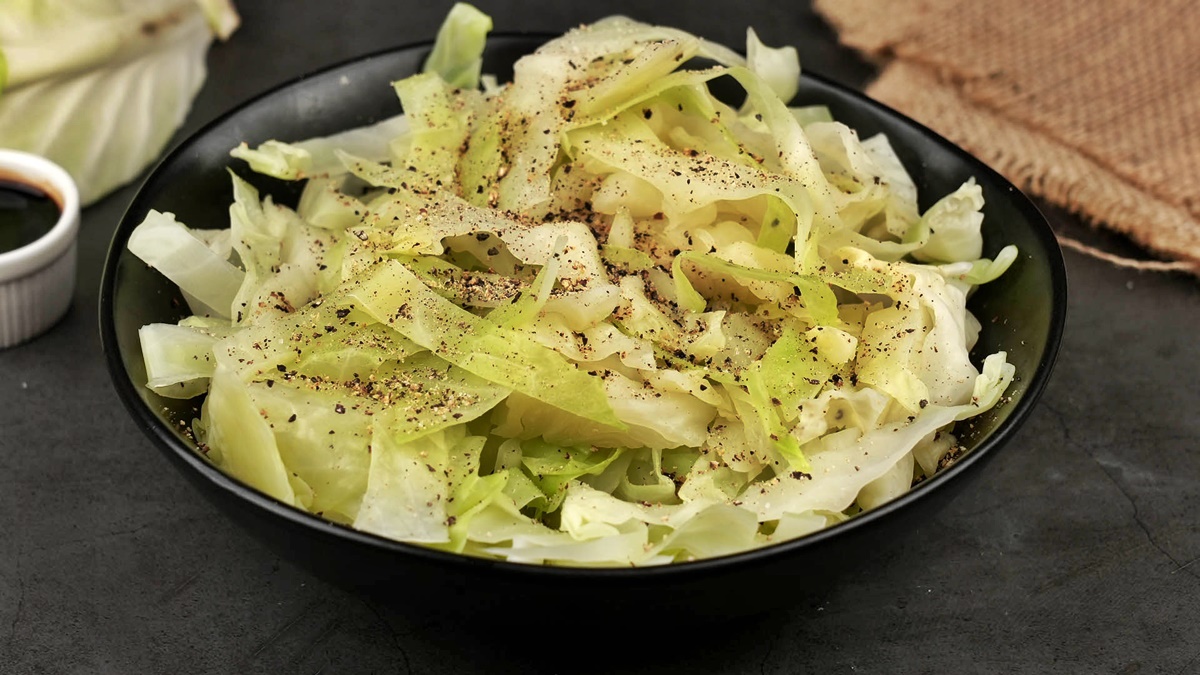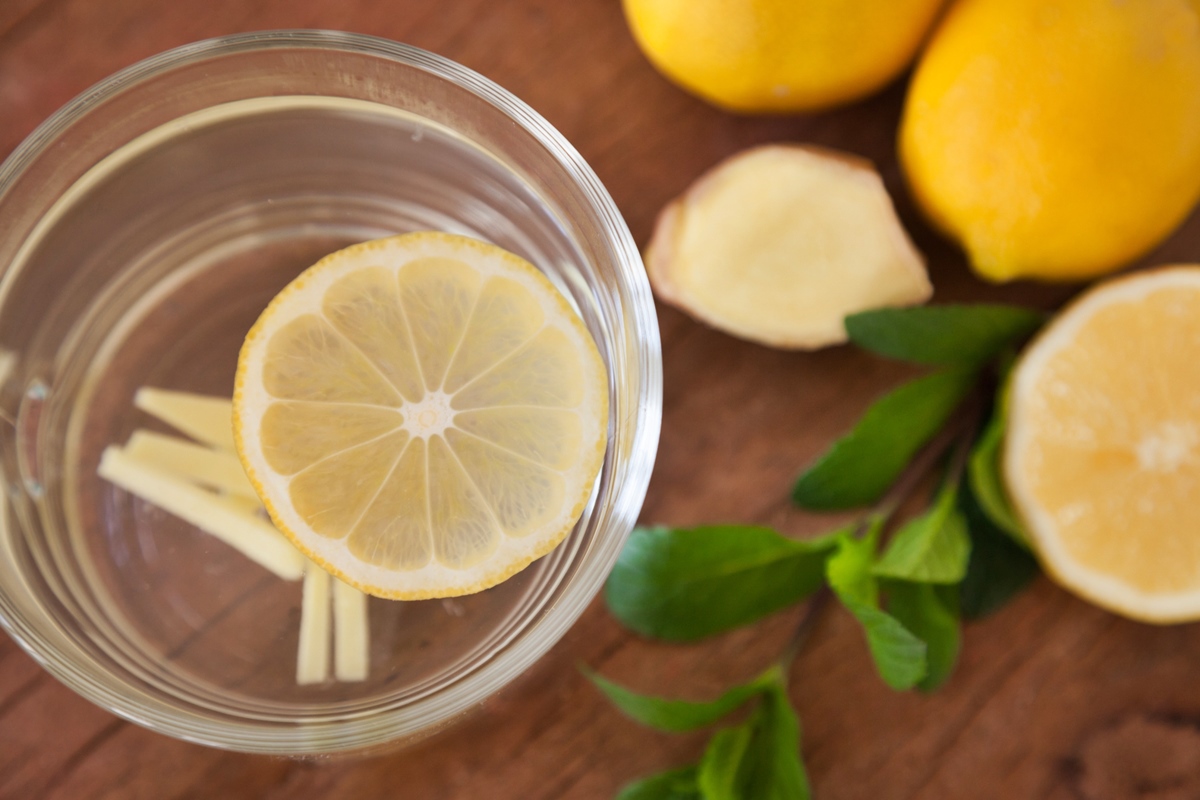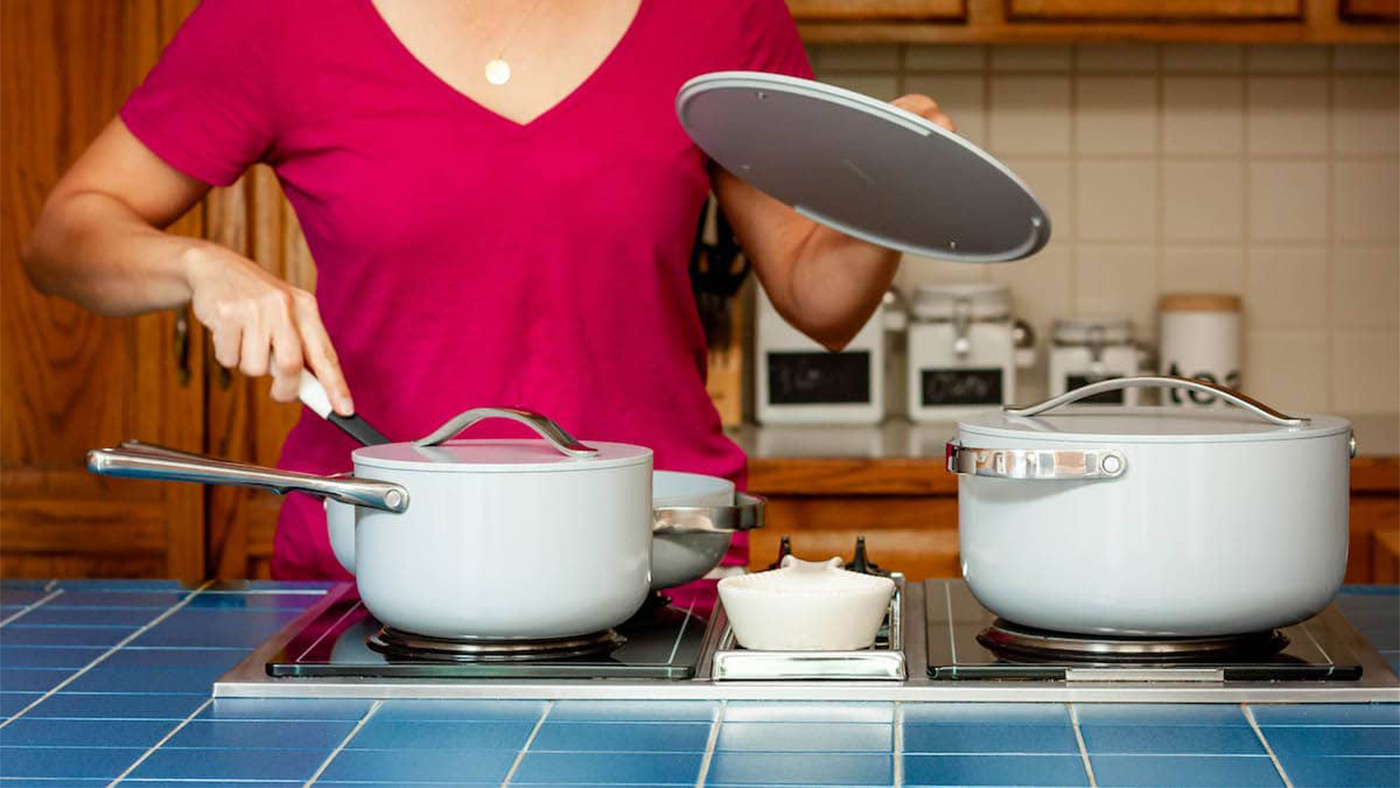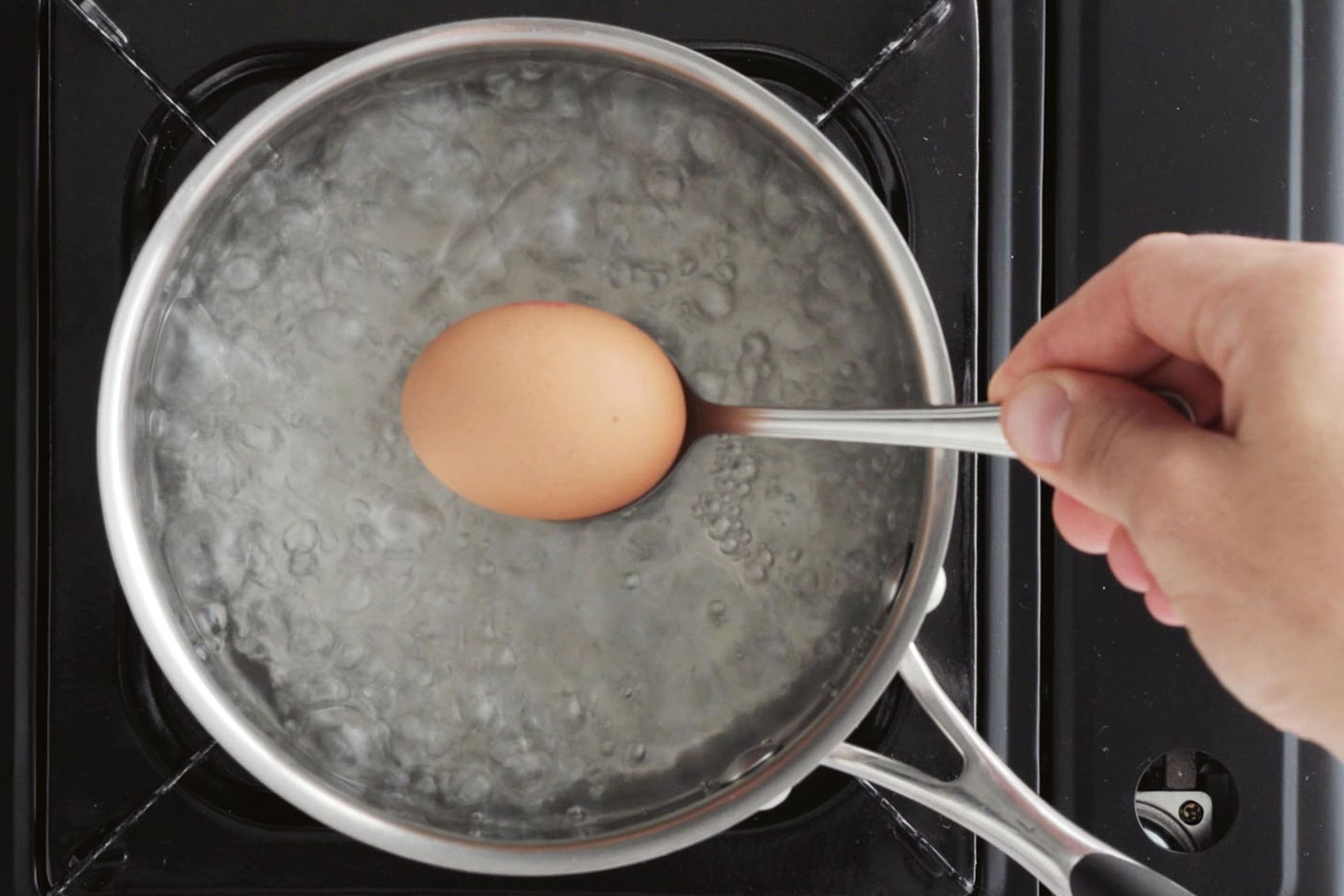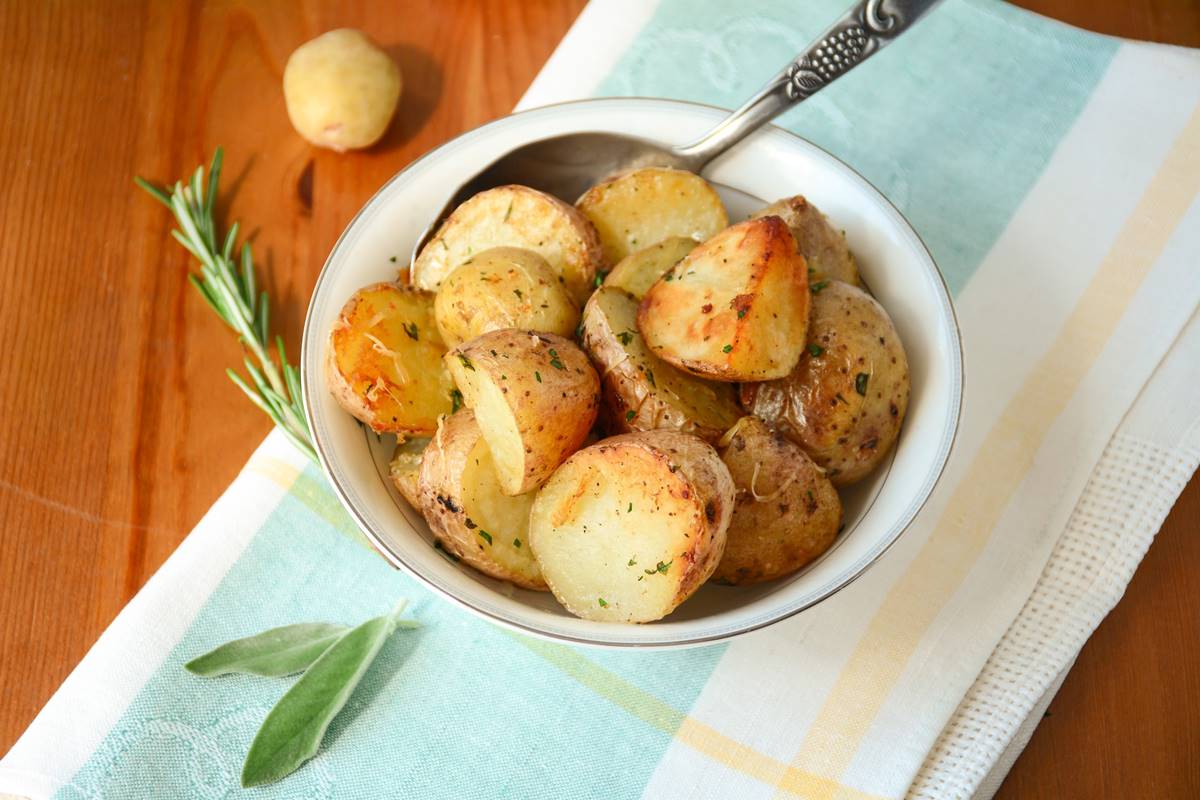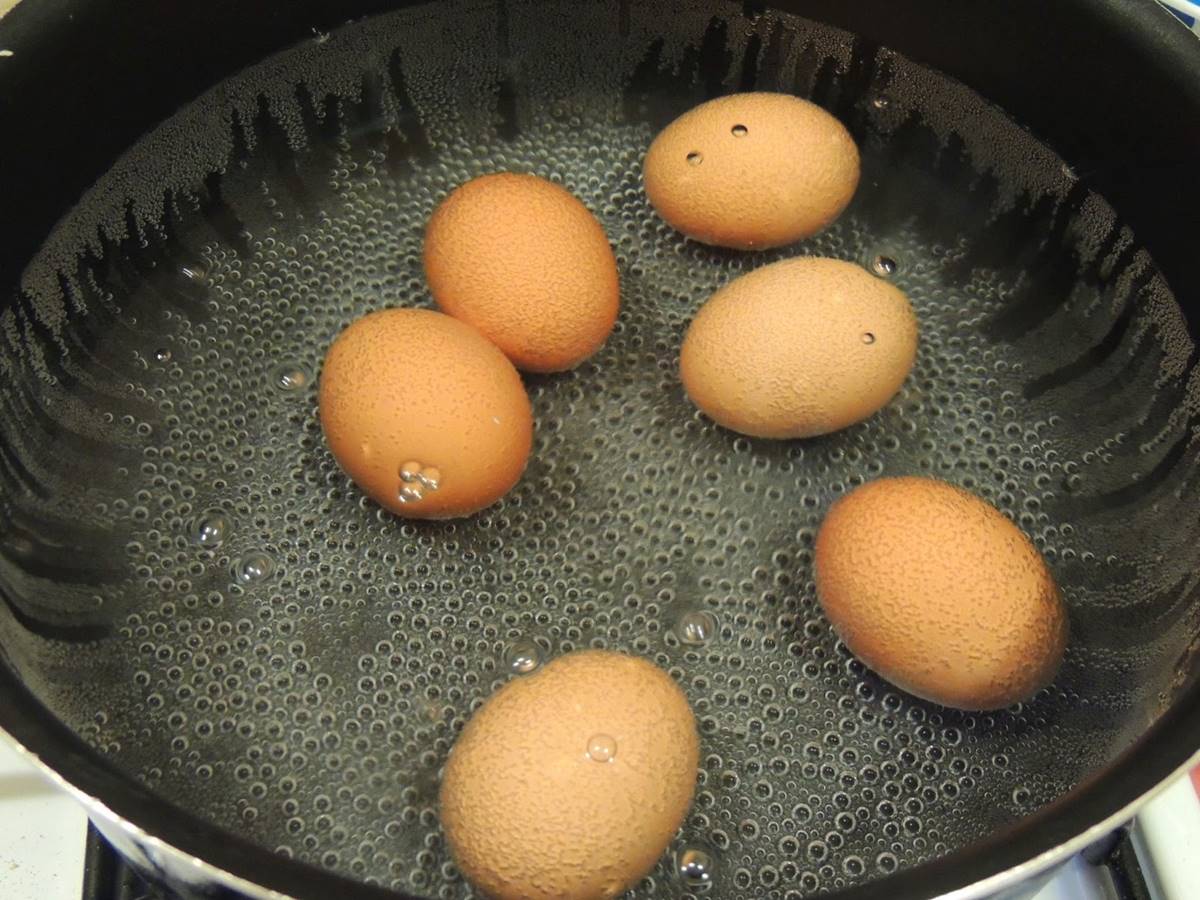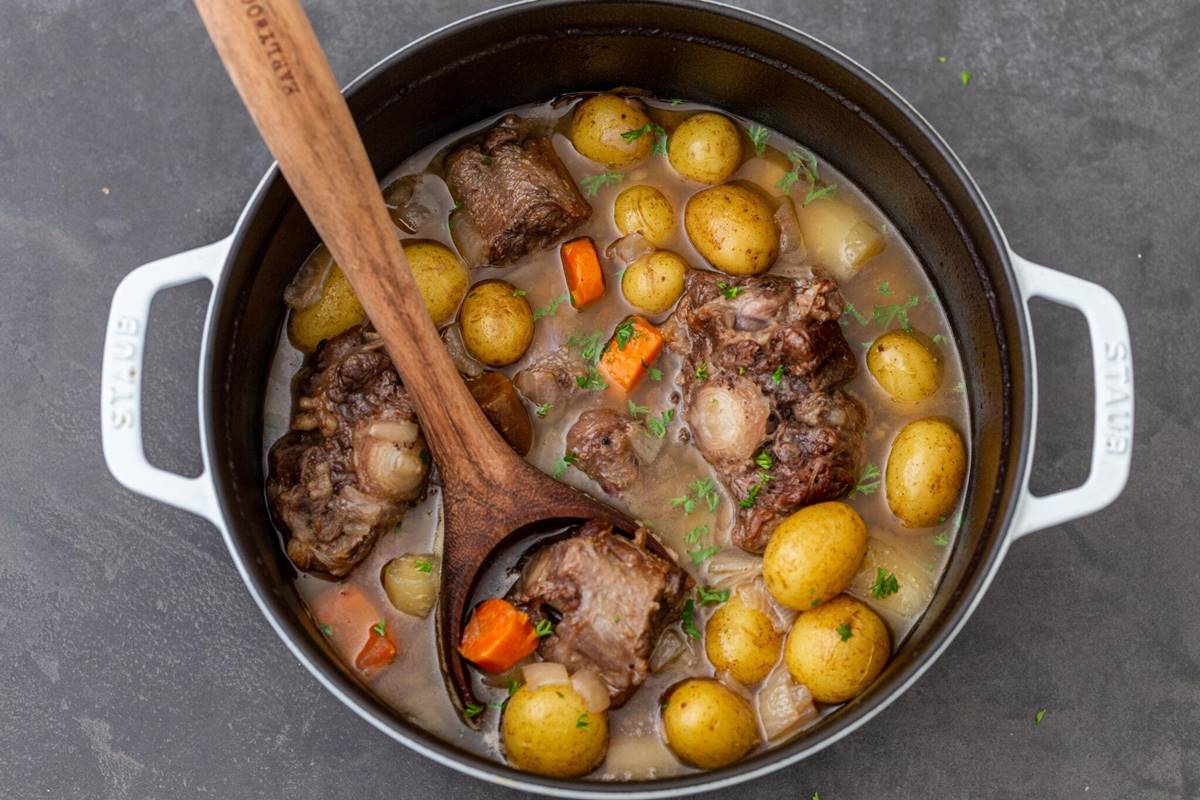How To Boil Beet Root: A Guide for Food Lovers
Beet roots are vibrant, nutritious, and incredibly versatile vegetables that can be enjoyed in a variety of dishes. Whether you’re a seasoned chef or an amateur cook, learning how to boil beet root is an essential skill. In this guide, we’ll walk you through the step-by-step process of boiling beet root to perfection.
Why Boil Beet Root?
Boiling beet root is a simple and efficient cooking method that helps to retain its natural flavors and nutrients. It softens the beet root while maintaining its vibrant color, making it an excellent starting point for various recipes. So, let’s dive into the boiling process and unlock the full potential of this delicious vegetable.
Step 1: Choosing the Right Beet Root
When it comes to selecting beet root for boiling, it’s crucial to pick fresh, firm, and evenly sized ones. Look for beets with smooth skin and vibrant color, as they are likely to be the freshest. Avoid beets that have soft spots, wrinkles, or signs of decay. Choosing high-quality beet root is essential for a successful boiling experience.
Step 2: Preparing and Cleaning
Before boiling, it’s essential to prepare and clean the beet roots thoroughly. Start by trimming off any leaves or stems, leaving about an inch intact. Leave the skin intact as well to preserve the color and prevent excessive bleeding during cooking. Rinse the beets under cold water to remove any dirt or debris.
Step 3: Boiling the Beet Root
Fill a large pot with enough water to cover the beet roots completely. Add a pinch of salt to the water to enhance the beet’s natural flavors. Place the pot on the stove and bring the water to a boil over medium-high heat. Once the water is boiling, carefully place the beet roots into the pot.
Pro Tip: For even cooking, ensure that the beets are of similar size. If some are larger than others, consider cutting them into smaller, equal-sized pieces.
Step 4: Cooking Time
The cooking time for boiled beet root can vary depending on its size. Smaller beets may take around 25-30 minutes, while larger ones can take up to 45-60 minutes to become tender. To check if the beet roots are cooked, insert a fork or a knife into the thickest part of the beet. If it pierces through easily, they are done.
Step 5: Cooling and Peeling
Once the beet roots are tender, remove the pot from the heat and drain the water. Allow the beets to cool for a few minutes until they are comfortable to handle. To peel the beets, gently rub the skin using your hands or a kitchen towel. The skin should easily slide off, revealing the vibrant flesh beneath.
Step 6: Storage and Future Use
If you’re not using the boiled beet roots immediately, you can store them in the refrigerator for up to five days. Simply place them in an airtight container or wrap them tightly in plastic wrap. Boiled beet roots can be enjoyed in salads, roasted, pureed, or even pickled. The possibilities are endless!
Pro Tip: Save the cooking liquid, known as beet root broth, as it can add a flavorful and colorful touch to soups, stews, or even used as a natural food dye.
In Conclusion
Boiling beet root is a simple and rewarding cooking technique that allows you to unlock the natural flavors and vibrant colors of this nutritious vegetable. With this step-by-step guide, you’re now equipped with the knowledge to boil beet root to perfection. So, get in the kitchen, grab some beet roots, and start exploring the endless culinary possibilities that this versatile vegetable has to offer!
Was this page helpful?
Read Next: How To Boil Red Cabbage
